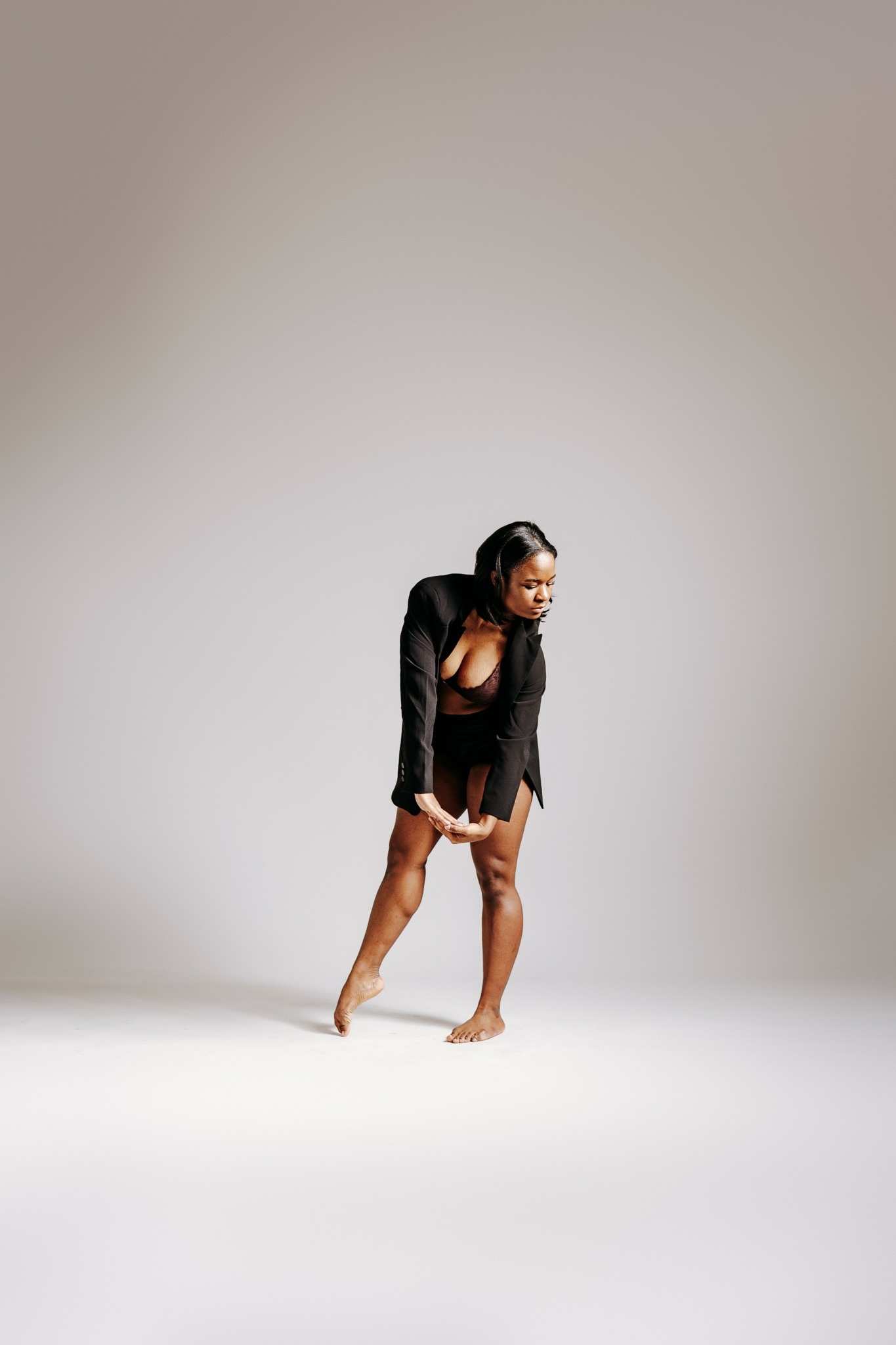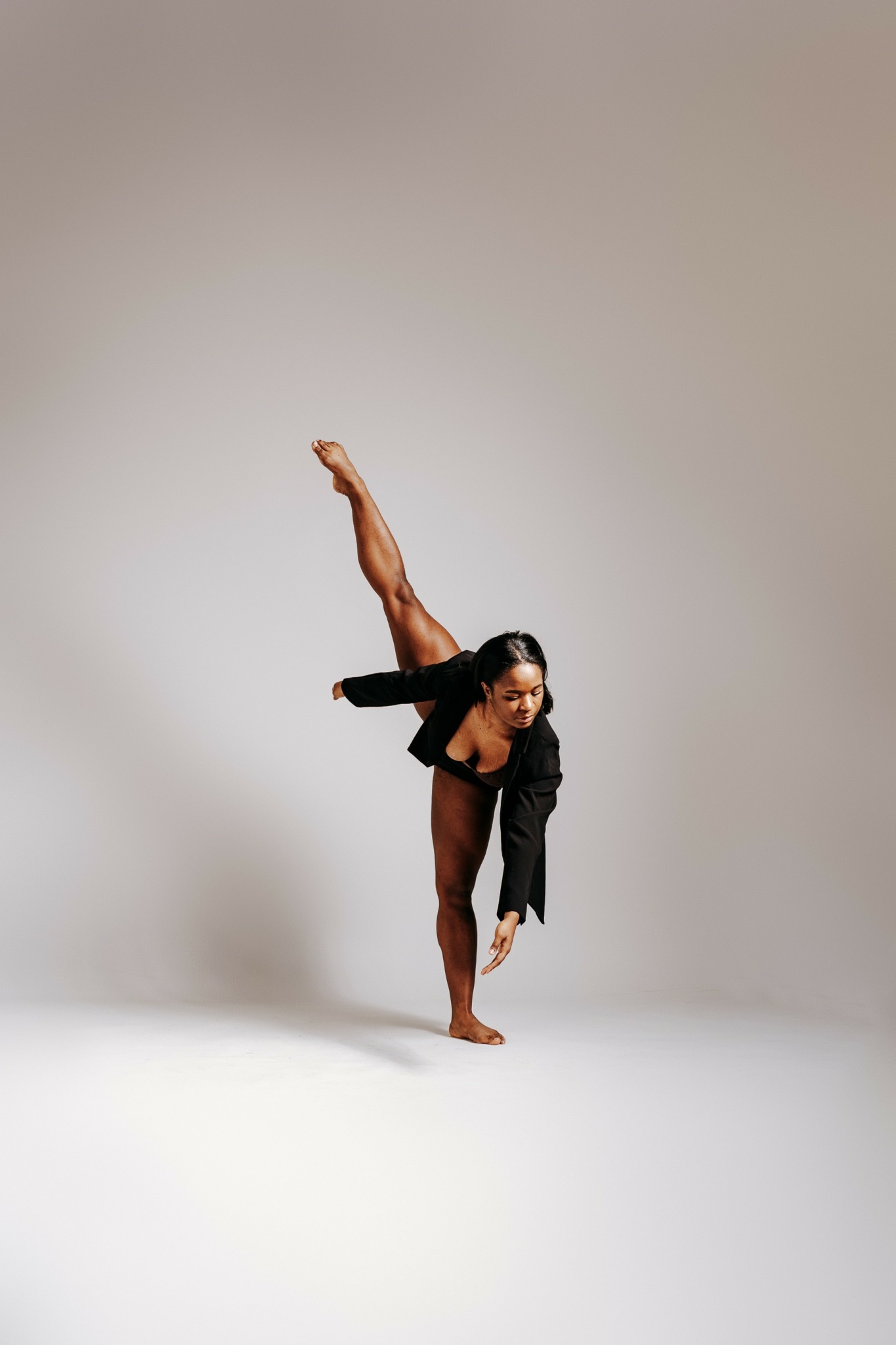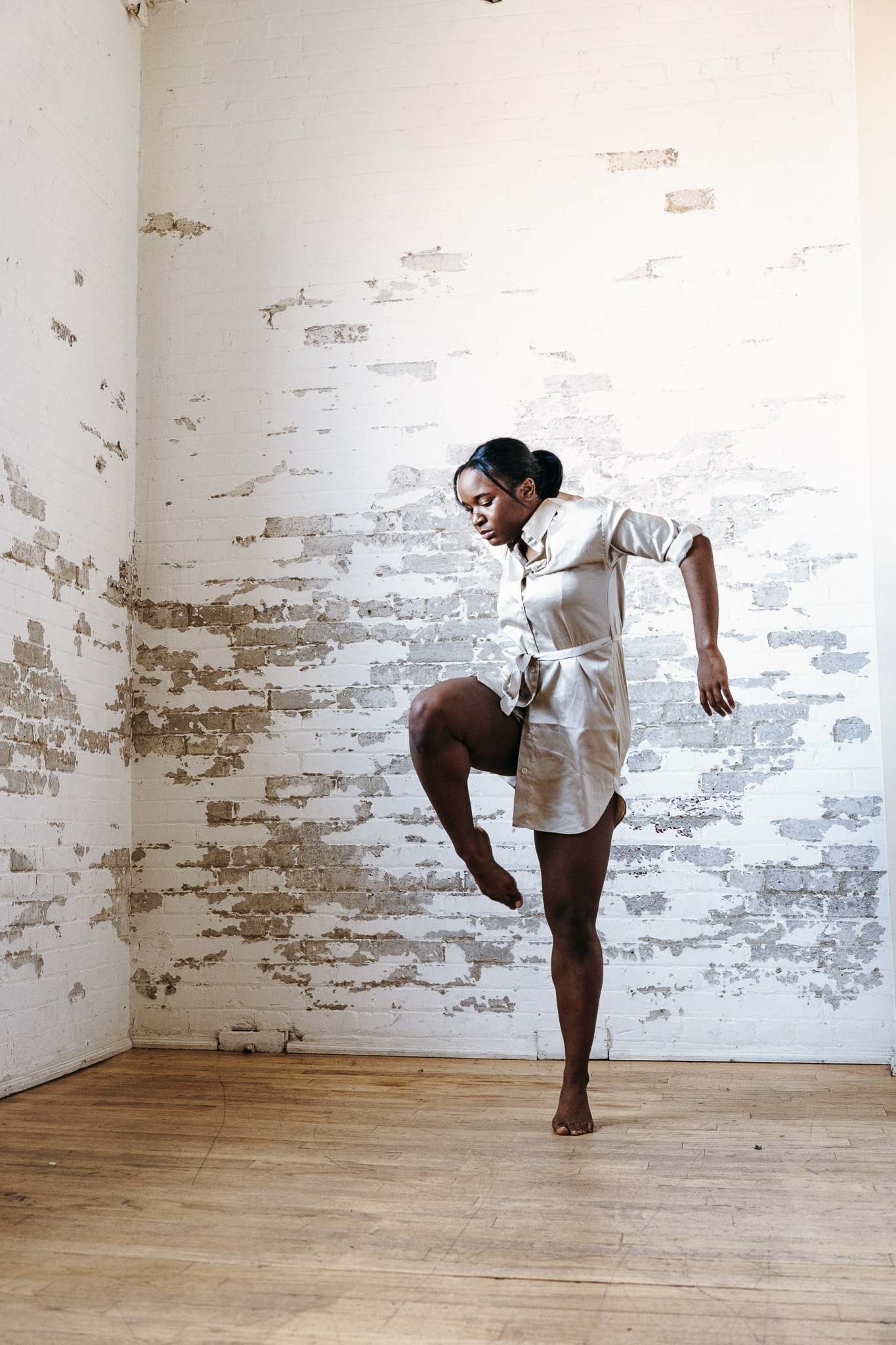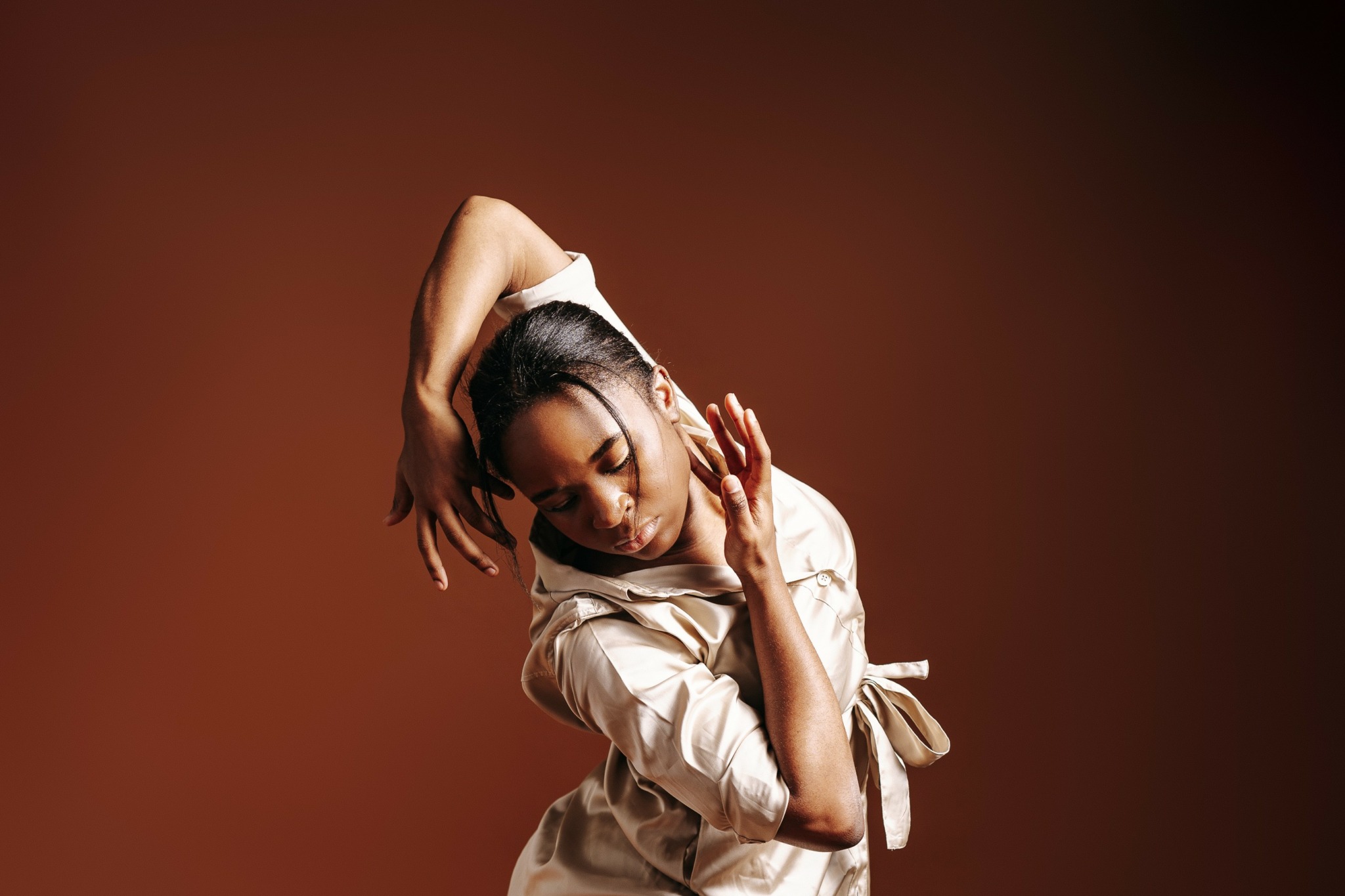Alright – so today we’ve got the honor of introducing you to Brianna Samuda-Walker. We think you’ll enjoy our conversation, we’ve shared it below.
Hi Brianna, thanks for joining us today. Did you always know you wanted to pursue a creative or artistic career? When did you first know?
When I was around 17, as most high school students do, I began to consider what I wanted to do in university. At first, dance was not my first choice, as I did not view it as a “traditional career path” I have been dancing since I was four years old, and it was really all I ever cared about or wanted to do. At the time, I woke up in the morning went to my dance high school program, then after school I would dance for about six to seven hours after school depending on the day. Personally, I never really felt particularly drawn to any academic subjects despite being told how strong my reading and writing skills were, and how I would excel in humanities. I mean sure, I loved these subjects but was I particularly passionate about them? No. Out of some bizarre sense of obligation I submitted around four applications to universities in various humanities programs, political science, philosophy, law almost blindly without thinking. The other four programs I applied to were for dance.
Originally, I had accepted an offer to a Canadian university for a joint philosophy and law program where I would be the first lawyer in my family potentially making my immigrant mother proud and making a considerable salary. Although achieving such an incredible feat and with a seemingly exciting adventure on the horizon, I felt empty. I felt no joy, no excitement, no anticipation for my future. I was just checking off a box that I felt like I should be doing for the satisfaction of others. I suppose I felt like it was the adult choice, to leave behind my passion of dance to find stability and security in a career path where I would not have to explain to people “yes, you can make money from dance”.
It was not until my final offer from NYU’s Tisch dance program came in, where I was accepted with a full tuition scholarship. For the first time in a long time, I imagined my future as something that wasn’t limited by obligation, but opened and flowing with possibility. When my body shook with the prospect of being able to professionally pursue a career in the arts, I had no doubt in my mind that dance was what I was being called to.
I realized that I wanted to dance for myself and the satisfaction of looking back on my life when I’m older, and having the pride of saying that I had the privilege of pursuing a career which is simultaneously my passion. One that truly makes me feel something and sometimes everything. In that moment sitting in my living room at 18, I knew that I had to be dancing all the time no matter what.
What’s the most rewarding aspect of being a creative in your experience?
I would say seeing people getting involved in the art. When we host a Q&A session post performance there will be people who were clearly so involved in what we were doing which is reflected in the depth of their questions. No matter the age sometimes as young as 5 and as old as 80 it is so rewarding to see the inspiration and curiosity that my artistry evokes in an audience member. Recently the dance company I perform with had a performance at a Seniors care home in Evanston IL. One question that really stuck with me was one resident who inquired about how we are so connected a collective. We discussed how breathing and eye contact goes a long way in terms of connecting with your fellow dancers, and it got me thinking how connection is such a gift in the art of dance yet, many people outside of dance may not experience this profound level of connection.
It makes me so happy to see people thinking critically about art especially dance. I think in the current state of the world, creating spaces where people are seeing and experiencing art is so important for preserving freedom of expression. I hope that the art that I do also inspires communities to connect in ways that they may not have thought about before. Sometimes walking down the street we may have our eyes buried in our phones, but how can just the simple act of eye contact create connection with someone who you may never have noticed otherwise.
The fact that sometimes young children and their parents will come up to me and say that my dancing just created another young artists also fuels me to keep going. I never want the art of concert dance to be lost. Despite funding cuts, and shifting perspectives of the arts. When children, families, and young professionals crave art, it keeps it alive. There is nothing more that I could ask for than to be an artist who inspires future generations of dancers.
Learning and unlearning are both critical parts of growth – can you share a story of a time when you had to unlearn a lesson?
Growing up in such a competitive environment, obviously that can brew a lot of jealousy, and a sort of resentment. Truthfully, I was not what you would call a star child. At first I was not the one winning first place, and getting top scores. I faced so much rejection in dance as a child that I have lost count of the times disappointment showed up knocking at my front door in a metaphorical sense. I always heard the saying “first place is the only place”. Developmentally, I figured that if I wasn’t the one winning first place that means that my efforts did not matter, and effectively my artistry was unimportant.
Despite this, I did not quit dance. I knew I wasn’t winning yet for some reason I kept going.
In performance art, it is easy to crave external validation. Whether that be from awards or from compliments or acknowledgement from others, it feels good to be recognized. I had to unlearn this desire for validation. I watched it destroy the confidence and artistry of my peers. I watched it rip relationships apart, and reduce the most talented dancer to tears and questioning their ability. As I grew older I realized that in art we tie so much of our essence to our practices that the product becomes woven into our identity. The line between art and I gets blurred so much that rejection of our art can feel like rejection of ourselves.
I realized that a material placement such as a trophy or a verbal compliment isn’t worth very much if I still feel hollow on the inside. As an adult professional dancer, I constantly remind myself that I dance to feed my spirit and to create art that is reflective of my existence, not reflective of what I hope my existence means to others.
Contact Info:
- Website: https://briannasamudawalker.my.canva.site/
- Instagram: https://www.instagram.com/briannaaawalker/





Image Credits
Aidan Tooth


